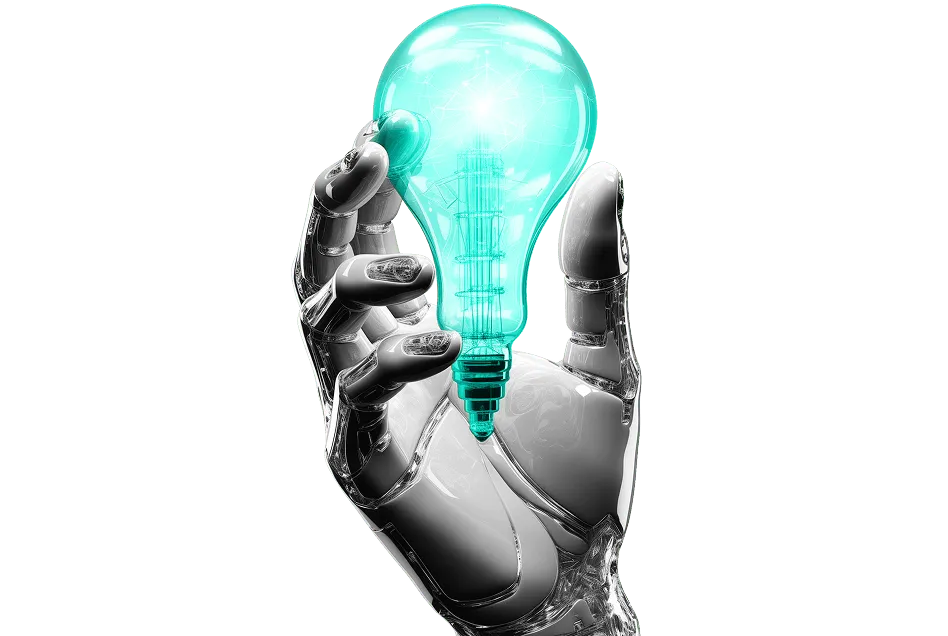Rethinking Talent Density in the Age of AI
This week, we are attaching a short white paper on how we can rethink about Talent Density in the age of AI. Talent density often centered around hiring and retaining top performers, but the construct changes a bit in the age of AI. I wanted to provide a short paper where you can use Draup data sets and other internal data sets to rethink Talent Density. We hope that the metrics defined will push you a bit outside the traditional boundaries and will help you arrive at your framework. Like in any reimagining, there will be some experimentation and unknowns.
Key highlights include:
- Introduction of “Skill Density”: Defined as the presence of root, core, and emerging skills aligned to evolving tasks shaped by AI, automation, and new business models.
- Draup’s Talent Density Framework:
A layered model using workload decomposition, skill mapping, AI task exposure, and talent mobility analytics to measure readiness for AI transformation. - New Metrics for the AI Workforce:
Metrics like Skill Density Index (SDI), Recomposition Readiness Score (RRS), and Reskilling Propensity help organizations quantify the adaptability of their workforce. - Use Cases in Workforce Planning:
Companies can use this framework to redesign tasks, identify recomposition opportunities, and reskill employees surgically - Readiness for Agentic AI:
Talent density becomes a key predictor of success in environments where AI agents perform tasks autonomously, highlighting the need for human verification, workflow modularity, and AI governance fluency.
Hope you like this short paper










.svg)




















.svg)





.svg)
